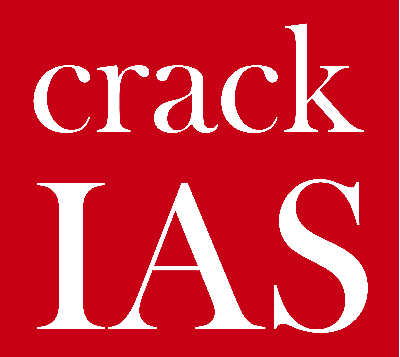
- Self-Study Guided Program o Notes o Tests o Videos o Action Plan

To enjoy additional benefits
CONNECT WITH US
August 28, 2023 12:56 am | Updated 12:57 am IST
COMMents
Undersea tunnels are amazing displays of civil, structural and marine engineering. Photo: cochinchamber.org
The Kerala government has undertaken the ambitious project of constructing a coastal highway from Thiruvananthapuram to Kasargode over a distance of about 623 km at a cost of ₹6,500 crore. The proposed highway will pass through nine coastal districts.
When the proposed highway reaches Kochi, it has to pass through a deep shipping channel of Kochi Port. On the southern side of the port’s approach channel from the Arabian Sea is Fort Kochi, which represents the prosperous face of the Kochi metropolis, while the 27 km-long Vypeen Island, which is north of Fort Kochi, with an average width of 2 km, represents an under developed, densely populated and less prosperous rural landscape. The challenge is to bridge the gap between Fort Kochi and Vypeen. Is it possible to construct an undersea tunnel connecting the two?
Undersea tunnels are amazing displays of civil, structural and marine engineering. The Channel Tunnel across the English Channel connecting Folkestone in Kent in the U.K. with Coquelles in France is about 50.5 km long. The tunnel is 75 metres below the sea bed. Trains run through it at a speed of 160 km per hour. The Eurasia Tunnel in Turkey is a 5.4 km-long, double-deck tunnel below the sea bed which links the European side of the country with the Asian side. Japan’s Seikan Tunnel is 53.9 km long. In India, reports suggest that the Central government has sanctioned ₹7,000 crore for the construction of an underwater road-cum-rail tunnel across the Brahmaputra river over a distance of 9.8 km. Therefore, the construction of an undersea tunnel between Fort Kochi and Vypeen is a feasible proposition.
Although the width of the shipping channel between Fort Kochi and Vypeen is just 260 m, heavy trucks and container trailers would need a comfortable gradient to ensure a smooth passage through the tunnel. The approach road to the tunnel will need about 800 m on either side as the tunnel under the shipping channel will be built about 35 m below the seabed. Consequently, the total length of the tunnel would be about 2.6 km.
Modern tunnels have dedicated corridors for vehicles, cyclists and pedestrians for the smooth flow of traffic. Similar arrangements could be planned for the proposed tunnel which could turn out to be an engineering marvel. The proposed tunnel could start from Puthuvypeen and emerge at Fort Kochi beach, which will minimise land acquisition requirements. Informal discussions with experts on tunnel construction suggest that total costs may go up to ₹1,500 crore.
When it is completed, the undersea tunnel will become the first tunnel under a deep shipping channel in India, and will serve as an important link for seamless transportation along the proposed coastal highway. It will reduce traffic congestion, provide an effective alternative to the national transportation network, and help transport men and material across Kerala through the shortest route, thus saving time, energy, and fuel. An undersea tunnel could also be a tourist attraction. The government can earn revenue immediately after commissioning by way of toll charges. Users of the tunnel should pay enhanced toll charges for a faster, safer and well-organised transport system.
As the proposed undersea tunnel has to pass through the territory of the Cochin Port Authority, the Central government will be the appropriate agency to meet the cost as the tunnel will eventually become an integral part of the coastal highway network. The life span of an undersea tunnel will be about 100 years or more. The government should view the construction of this tunnel as a social overhead capital to be collectively availed of by the urban and rural population. The tunnel should be seen as a national asset and an effective alternative mode of transportation in city limits. The overriding concern of the government should not be the commercial viability of this project but public safety and enhancement of the public transport system and the quality of life in Kochi. It is important to note that a report released by the Asian Development Bank suggests that Kochi is the fastest growing and the most progressive among the emerging urban conglomerations in India.
Jose Paul, who has a doctorate in port management from the University of Wales, Cardiff, U.K., is former Acting Chairman of JN Port, Mumbai, a former Chairman of Mormugao Port Trust, and an Adjunct Professor of Indian Maritime University, Chennai. Email: [email protected]
COMMents
BACK TO TOP
Comments have to be in English, and in full sentences. They cannot be abusive or personal. Please abide by our community guidelines for posting your comments.
We have migrated to a new commenting platform. If you are already a registered user of The Hindu and logged in, you may continue to engage with our articles. If you do not have an account please register and login to post comments. Users can access their older comments by logging into their accounts on Vuukle.